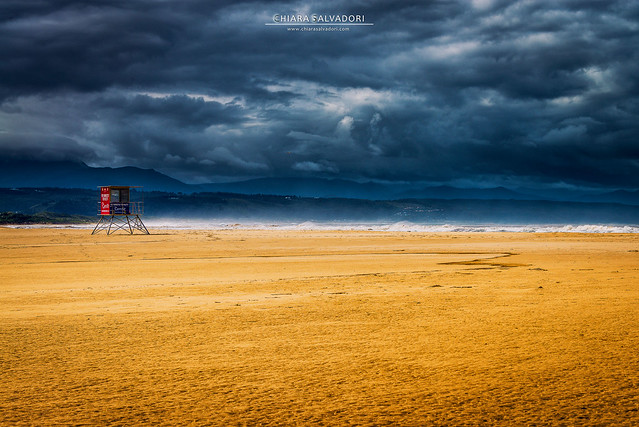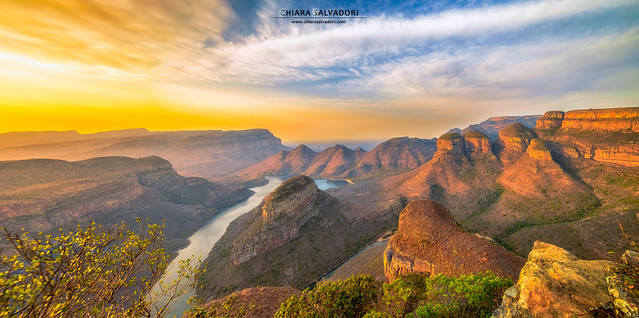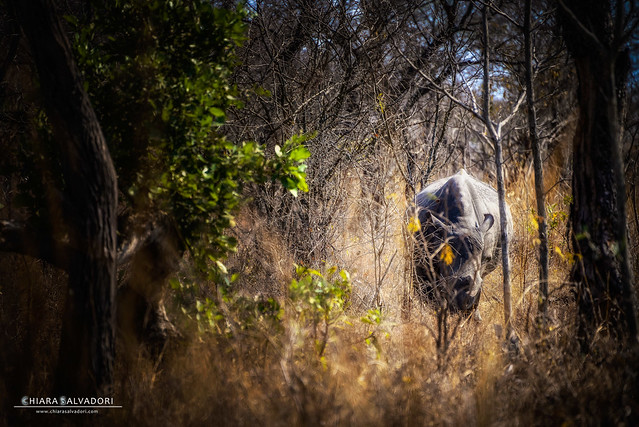Sometimes there are weather conditions that we travel photographers must grab the chance to photograph. It doesn't happen often when you must move continuously, instead of staying in place for a long time, to find the right photographic conditions as landscape photographers do. This was one of those situations, and the picture was already composed there, in front of me, in two colors that I particularly like pulled together: gold and blue.
I was in Plettemberg Bay, a small town in South Africa located along the beautiful Garden Route, which boasts a renowned bay named "Bahia Formosa" by early Portuguese explorers. It also has the advantage of being close to the best attractions of the Western Cape, such as Tsitsikamma National Park, the highest bridge for bungee jumping in the world (the Bloukrans Bridge, 216m), Monkeyland, the Tenikwa Wildlife Awareness Centre and ten reserves and natural parks of great beauty. There was a low tide and the immense and deserted yellow beach was well-lighted by the sun, while in the background a big thunderstorm was moving away with its black clouds heavy with rain. A sharp contrast, is privileged when the sun is high in the sky. This photo is absolutely one of my favorites. What do you think?
Talvolta si verificano situazioni meteorologiche che noi fotografi di viaggio dobbiamo cogliere al volo. Non capitano spesso quando ci si deve spostare continuamente, invece di rimanere sul luogo a lungo per trovare le giuste condizioni fotografiche come fanno i fotografi paesaggisti. Questa era una di quelle situazioni, e la foto era già lì composta di fronte a me, nei due colori che amo particolarmente accostare: oro e blu.
Mi trovavo a Plettemberg Bay, una piccola cittadina del Sudafrica situata lungo la splendida Garden Route, che vanta una rinomata baia soprannominata "Bahia Formosa" dai primi esploratori portoghesi. Ha il vantaggio inoltre di trovarsi vicina alle migliori attrattive del Capo Occidentale, quali lo Tsitsikamma National Park, il ponte da bungee jumping più alto del mondo (il Bloukrans Bridge di 216m), Monkeyland, il Tenikwa Wildlife Awareness Centre e una decina di riserve e parchi naturali di grande bellezza. C'era la bassa marea e quell'immensa e deserta spiaggia gialla era fortemente illuminata dal sole, mentre sullo sfondo un grande temporale si stava allontanando con le sue nuvole nere e cariche di pioggia. Un contrasto forte, di quelli che prediligo quando il sole è alto nel cielo. Questa foto è in assoluto una delle mie preferite. Voi cosa ne pensate?


